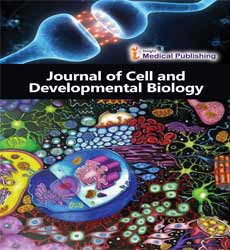Changes of chlorophyll fluorescence in response to dehydration stress of photobionts
Abstract
Lichens are symbiotic organisms capable to grow in extreme conditions and photosynthesize under severe dehydration (less than 10% of relative water content) successfully. They possess a green alga, or cyanobacteria (both in some cases) as photobionts, which provide enough metabolites for photobiont and fungal symbiont. The photobionts are considered desiccation tolerant. Chlorophyll fluorescence was used to measure tolerance of different lichens to dehydration. Fast chlorophyll fluorescence transients (OJIPs) are fast and efficient method for evaluating photosynthetic performance of any photo synthetizing organism. The method evaluates sensitively the changes caused in photosynthetic apparatus by variety of abiotic stressors (e.g. dehydration, low/high temperature, high irradiation). The shape of OJIP reflects functioning of photosystem II, openness of reaction centres for energy flow and potential quantum yield of PSII photochemistry.
Open Access Journals
- Aquaculture & Veterinary Science
- Chemistry & Chemical Sciences
- Clinical Sciences
- Engineering
- General Science
- Genetics & Molecular Biology
- Health Care & Nursing
- Immunology & Microbiology
- Materials Science
- Mathematics & Physics
- Medical Sciences
- Neurology & Psychiatry
- Oncology & Cancer Science
- Pharmaceutical Sciences
